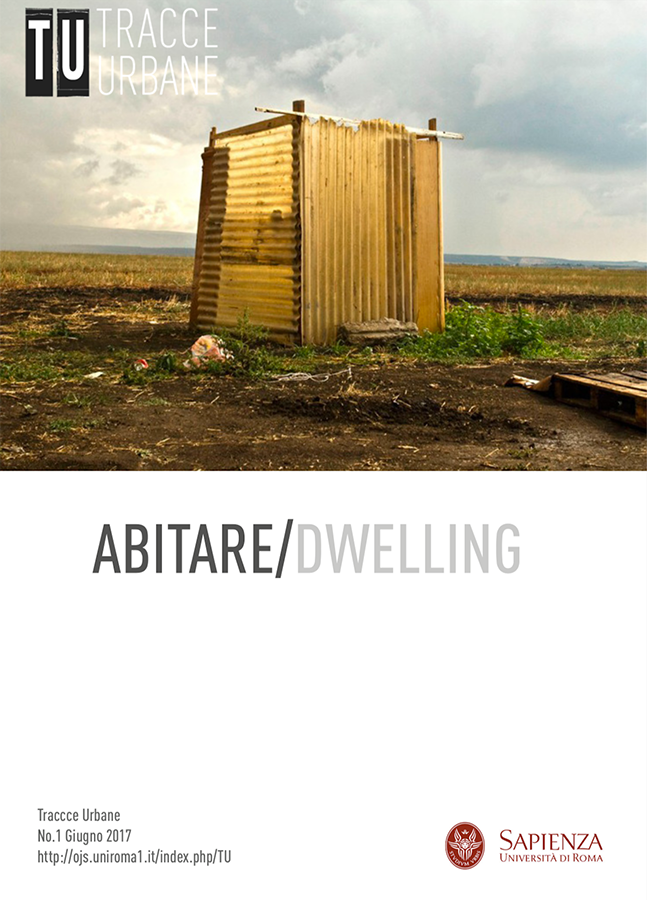Clarifying Neil Smith’s Rent Gap Theory of Gentrification
DOI:
https://doi.org/10.13133/2532-6562_1.9Abstract
Neil Smith’s rent gap theory of gentrification is one of the most influential explanations in a huge literature on the process. Whilst the theory has enhanced academic and activist understandings of profit-seeking reinvestment in cities, there are major misunderstandings, errors of interpretation and sometimes downright lazy critiques that still circulate widely, which distort not only the debate over the theory, but the field of gentrification studies more generally. This article opens with a critique of Glasgow’s resilience agenda to show the rent gap in action (how profits are extracted from the city), and then offers three clarifications of the rent gap theory in response to misunderstandings. First, it is not narrowly economistic, but a theory of the state’s role in creating the economic conditions for gentrification; second, it helps us understand the circulation of interest-bearing capital in urban land markets, and speculative landed developer interests; third, that rent gaps are produced via the activation of territorial stigma. The argument is that the rent gap theory is more relevant than ever, at a time when staggering fortunes that are made from speculative investment in cities at the expense of homes, communities and working class lives.##submission.downloads##
Come citare
Fascicolo
Sezione
Licenza
NOTA DI COPYRIGHT
Proposta di licenza Creative Commons
1. Proposta per riviste Open Access
Gli autori che pubblicano su questa rivista accettano le seguenti condizioni:
Gli autori mantengono i diritti sulla loro opera e cedono alla rivista il diritto di prima pubblicazione dell'opera, contemporaneamente licenziata sotto una Licenza Creative Commons - Attribuzione che permette ad altri di condividere l'opera indicando la paternità intellettuale e la prima pubblicazione su questa rivista.
Gli autori possono aderire ad altri accordi di licenza non esclusiva per la distribuzione della versione dell'opera pubblicata (es. depositarla in un archivio istituzionale o pubblicarla in una monografia), a patto di indicare che la prima pubblicazione è avvenuta su questa rivista.
Gli autori possono diffondere la loro opera online (es. in repository istituzionali o nel loro sito web) prima e durante il processo di submission, poiché può portare a scambi produttivi e aumentare le citazioni dell'opera pubblicata (Vedi The Effect of Open Access).


